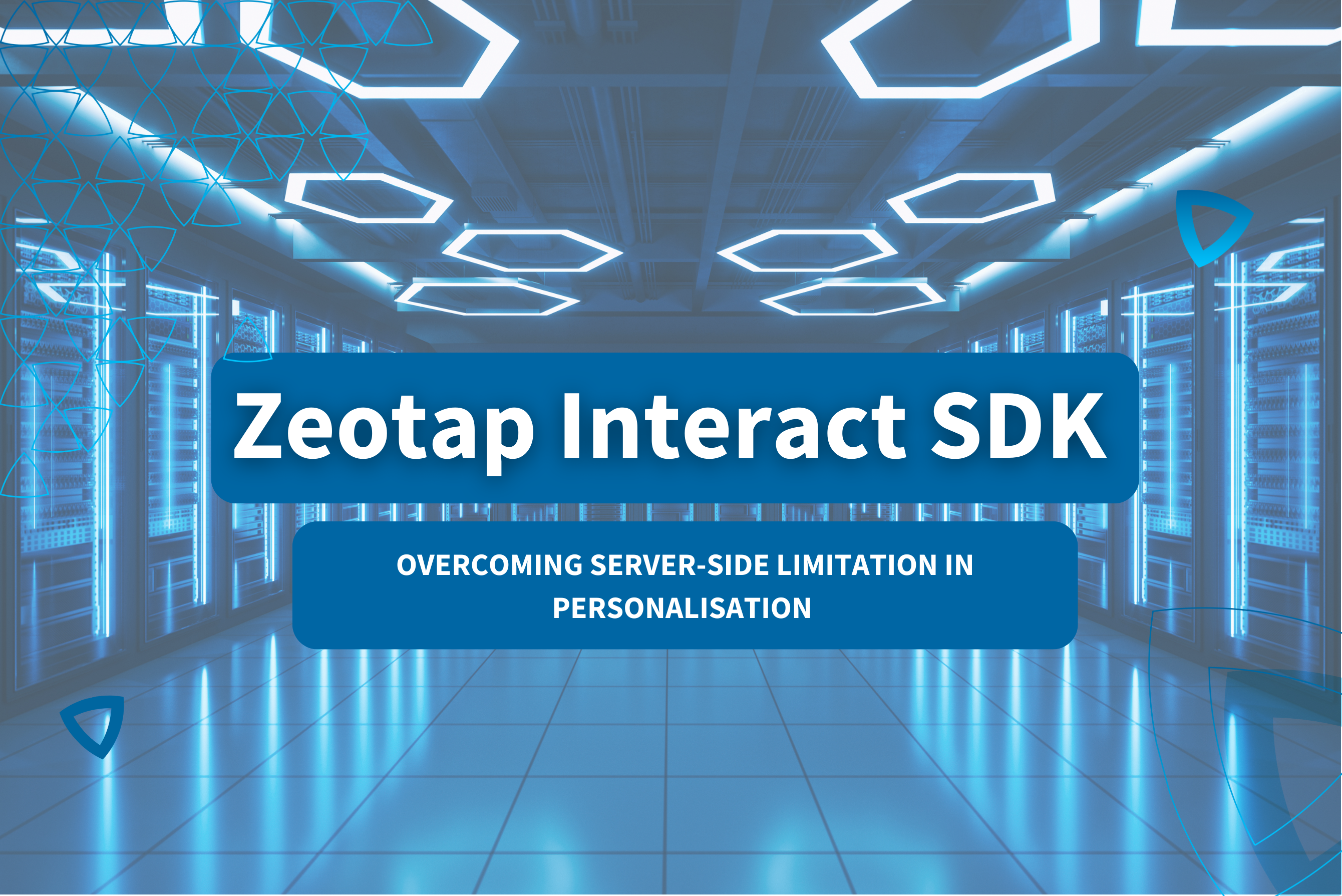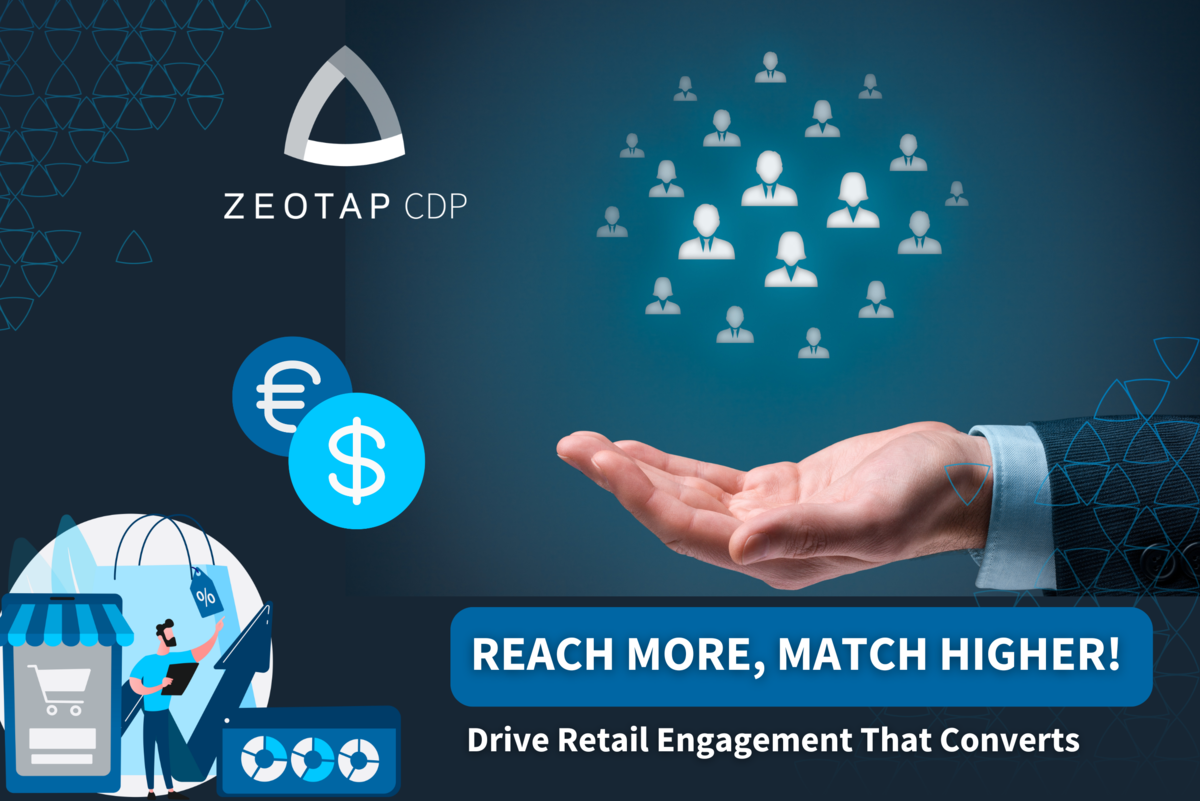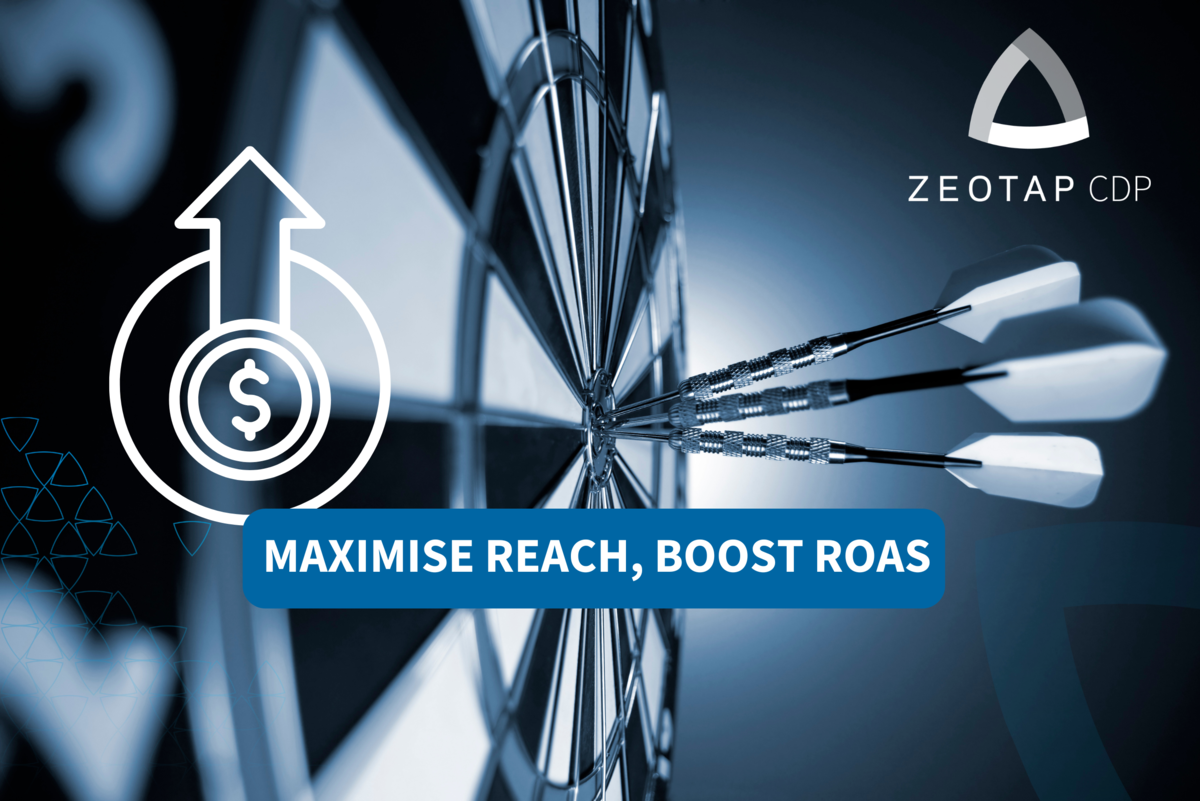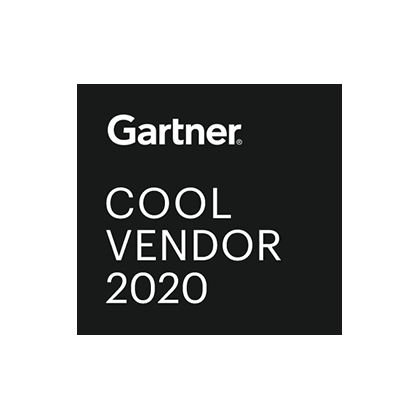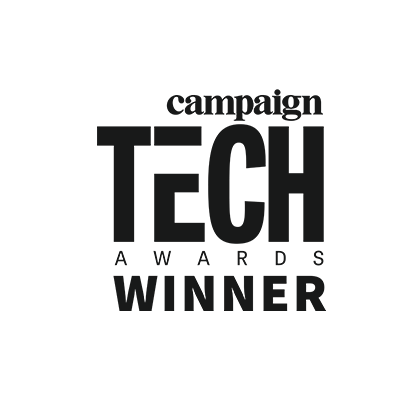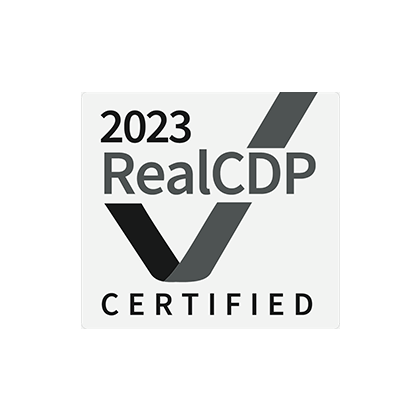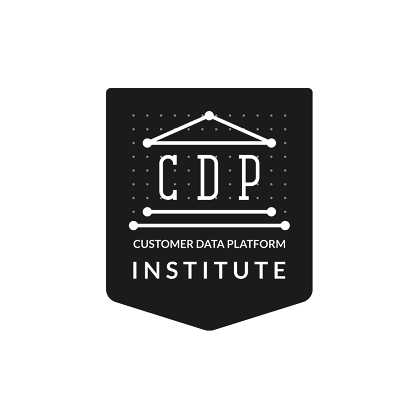The healthcare sector, just like the other industries, is actively adopting digital transformation. This transition is particularly crucial given that the individuals engaging consistently with brands across diverse channels are also the patients targeted by the healthcare industry. Nevertheless, healthcare encounters an extra layer of complexity not always present in other sectors—compliance with stringent privacy regulations in handling sensitive patient information. To navigate this challenge, healthcare companies must establish robust and secure data management systems.
Recognising the escalating demand for secure data management within the healthcare domain, customer data platforms (CDPs) are progressively rolling out solutions tailored to address concerns related to sensitive data.
A Personalised Approach to Patient Care: Navigating Data and Security Challenges
Patients today anticipate a personalised approach to healthcare, mirroring the tailored experiences they encounter in various aspects of their lives. The wealth of data derived from digital interactions not only empowers clinicians to enhance care but also allows patients to play a more active role in managing their health. However, this integration of digital data introduces complexity, making patient care nonlinear and more omnichannel.
Leveraging Personalised, Digitised and Preventative Solutions
Patient engagement solutions that are personalised, digitised and preventative offer significant advantages. Personalised communication enhances drug adherence and helps patients stay on course with their treatments. Advanced features such as next-best action and connected customer data enable companies to identify and customise content for hyper-personalised experiences on a large scale.
Handling Patient Data Securely in the Digital Era
While data fuels innovative patient engagement models, stringent HIPAA compliance requirements mandate healthcare and life science companies to adhere to specific standards. As the industry undergoes digital transformation, the storage of high-value, sensitive and personal health information in digital formats introduces risks to patient data privacy. Addressing these challenges involves implementing robust security measures to ensure the confidentiality and integrity of patient information.
Understanding HIPAA: Safeguarding Patient Privacy and Data Security
The Health Insurance Portability and Accountability Act (HIPAA) establishes national standards governing the security and privacy of protected health information (PHI) within the healthcare industry. This regulation applies to the storage, transmission and utilisation of PHI by healthcare providers and insurers, with the overarching aim of safeguarding patients’ rights through the establishment of best practices and requirements for the handling, processing, sharing and securing of healthcare data.
HIPAA affords patients specific rights to control their PHI, encompassing the ability to access, request alterations to and receive their health information. The ramifications of HIPAA violations are substantial, encompassing civil and criminal penalties. This pivotal law plays a crucial role in ensuring the confidentiality, integrity and availability of patients’ health information, thereby fostering trust in the healthcare system.
Covered Entities and Compliance Requirements
Under HIPAA, entities responsible for storing or transmitting PHI are termed “covered entities.” This category includes health plans, healthcare providers and clinicians. HIPAA allows for specific situations wherein covered entities may disclose PHI to business associates providing or supporting health services. However, covered entities and their business associates are obligated by HIPAA to:
- Ensure the confidentiality, integrity and availability of all electronic PHI (ePHI) they create, receive, maintain or transmit.
- Identify and protect against reasonably anticipated threats to the security or integrity of the information.
- Safeguard against reasonably anticipated impermissible uses or disclosures.
- Ensure compliance by their workforce.
What is Considered PHI?
Information shared with covered entities or business associates that lacks personal health information is not considered PHI. For instance, a blood sample without patient details is not classified as PHI. Only when Personal Identifiable Information (PII) is shared with covered entities or business associates does it qualify as PHI.
Examples of PHI and Handling Practices
Examples of PHI include addresses with state information, medical records containing diagnosis codes, notes added by medical service providers, hospital bill and health insurance information. The process of handling PHI involves early registration of individuals, cataloging details of medical visits and creating a comprehensive medical record over time. PHI, with identifiers removed, is also utilised by medical researchers and clinical scientists to analyse patient data, derive health trends and develop programs to incentivise improved healthcare provision.
Need for a CDP that is HIPAA compliant
HIPAA compliance is crucial for a Customer Data Platform (CDP) as it ensures the protection of sensitive healthcare information within the platform. HIPAA sets stringent standards for the storage and handling of patient data, safeguarding it against unauthorised access and potential breaches. For a CDP, which aggregates and analyses vast amounts of customer data, being HIPAA-compliant CDP provides technical and physical safeguards to protect the PHI it stores and processes. This includes health-related information and adherence to HIPAA regulations.
Failure to comply not only poses legal risks but also jeopardises the trust of healthcare providers and patients. By maintaining HIPAA compliance, a CDP establishes a secure foundation for managing healthcare data, preventing data breaches and promoting the integrity and confidentiality of sensitive information. It does so through using encryption, secure data storage and access controls. This compliance is especially significant as healthcare organisations increasingly leverage CDPs to enhance patient experiences, streamline operations and gain valuable insights from their data.
For a leading CDP like Zeotap who excels in GDPR compliance, aligning with the highest European standards for consent, security and privacy, we are committed to the highest data privacy and security standards, particularly in the sensitive healthcare sector. With the digital transformation in healthcare, robust data security is crucial. Zeotap’s HIPAA compliance ensures that its Customer Data Solutions adhere to the strict standards required for managing PHI, offering a dependable solution for healthcare organisations.
Zeotap’s CDP ensures immediate encryption and hashing of patient data, a critical aspect of HIPAA compliance, guaranteeing that healthcare organisations receive data securely. This process maintains the confidentiality of sensitive information throughout its lifecycle.
A CDP driving use cases for the Health Care Industry
Here are some of the key use cases that CDP can drive.
Build Powerful and Targeted Patient Segments
Scenario
A healthcare provider wants to create targeted patient segments for specific health campaigns and interventions.
How can a CDP help?
A CDP can aggregate patient data from various sources, such as Electronic Health Records (EHRs), appointment histories and patient interactions. Using robust identity resolution, the CDP can create unified patient profiles. Segmentation can then be based on factors like demographics, medical history, treatment adherence and engagement levels. HIPAA compliance is maintained by ensuring that all patient data is de-identified or anonymised as necessary.
Analytics and Segment Modification Capabilities
Scenario
Healthcare providers need real-time analytics on patient segments to adjust campaigns based on audience engagement.
How can a CDP help?
A CDP provides analytics tools to monitor the performance of patient segments. It tracks engagement metrics, such as open rates for communications or appointment attendance rates. Based on these analytics, healthcare providers can modify existing segments dynamically, ensuring that campaigns are continually optimised for effectiveness. All modifications and analytics processes adhere to HIPAA regulations by prioritising data security and privacy.
Promote Relevant Services to the Right Patients on the Right Activation Channels
Scenario
A hospital wants to promote preventive care services to patients with specific health risk factors through personalised communications.
How can a CDP help?
A CDP integrates data from patient records, identifying individuals with specific risk factors. It then enables the creation of targeted segments based on these health indicators. The CDP’s activation capabilities allow the hospital to deliver personalised messages through secure channels, such as encrypted emails or HIPAA-compliant patient portals. This ensures that relevant health services are promoted to the right patients in a compliant manner.
ROI Analysis
Scenario
Healthcare administrators need to assess the return on investment (ROI) of patient engagement campaigns.
How can a CDP help?
A CDP provides tools to track the impact of engagement campaigns on patient behaviour and outcomes. It attributes patient interactions to specific campaigns, allowing healthcare providers to measure the ROI accurately. These analyses are conducted while adhering to HIPAA guidelines, ensuring that individual patient data remains confidential and secure throughout the evaluation process.
Calculate Lifetime Value or Engagement Score to Create Enriched Patient Profiles
Scenario
A healthcare organisation aims to understand the long-term value of patient engagement and wants to create enriched patient profiles.
How can a CDP help?
A CDP calculates lifetime value or engagement scores by analysing patient interactions, treatment adherence and health outcomes over time. These scores contribute to creating enriched patient profiles. The CDP ensures that all calculations and profile enrichment processes comply with HIPAA regulations, with a focus on safeguarding patient privacy and confidentiality.
In all these use cases, a CDP serves as a centralised platform that enhances patient engagement and operational efficiency while maintaining strict compliance with HIPAA regulations. It allows healthcare organisations to harness the power of data for personalised care without compromising patient privacy and security. Healthcare is personal and integrating a CDP makes it possible for businesses to deliver the right experiences when it matters. To know more about how to use Zeotap CDP in healthcare, reach out to us here or schedule a demo with us. We’re excited to answer any questions or accommodate your requests.
